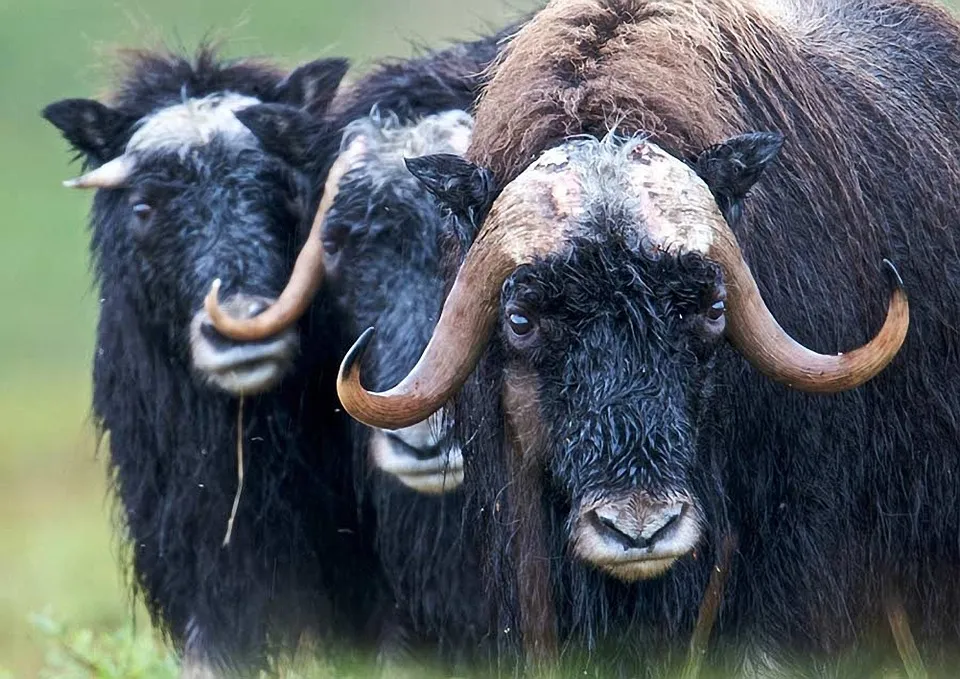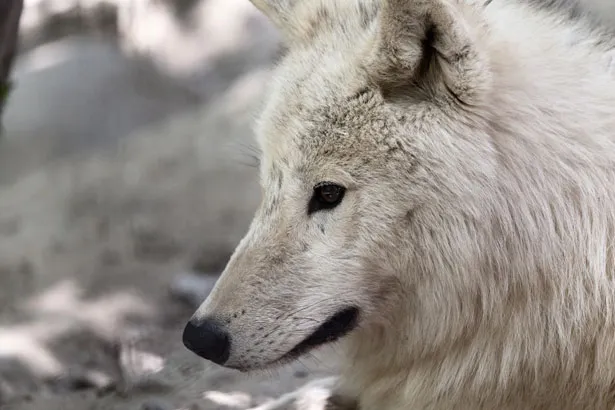When fall comes to the Canadian arctic, the caribou begin to head south to the edges of the open tundra, where the trees can provide food and shelter during the long winter ahead. Not the muskox though; these shaggy Ice-Age survivors head in the opposite direction to lands that are inhospitable to most other animals. The herds saunter northwards, into the barren mountains where bitter-cold winds howl and blow away the snow, keeping the frozen ground clear.

At Cape Morris Jesup, Greenland's muskoxen spend the winter at the second-most northerly spot of land in the world, happily eating the dried grasses, lichen and frozen berries that combat the deadly temperatures found less than 400 miles from the pole. Their thick, shaggy fur not only provides excellent insulation, but also a highly effective camouflage.

Mottled with dark colors, a still musk ox blends in with the boulders, often sporting a small patch of white that makes them appear to be snow-capped rocks. This camouflage must be left over from a time when large ice-age predators still roamed, now it is only the snow-white arctic wolves that give them any trouble.
